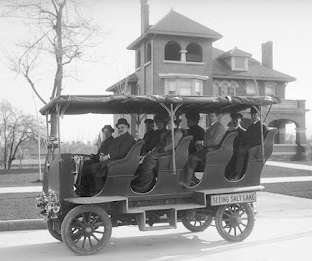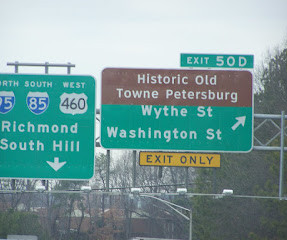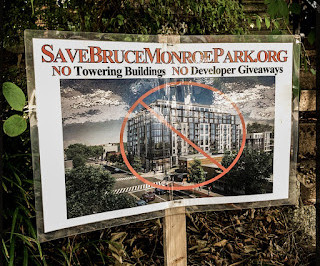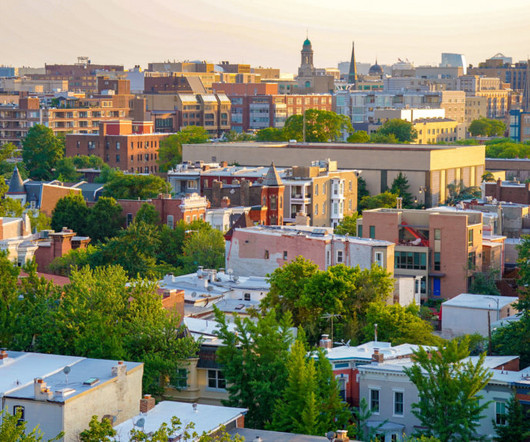To and from origin stations can be difficult: More on the Silver Line and intra-neighborhood transit (tertiary network)
Rebuilding Place in Urban Space
NOVEMBER 25, 2022
Although I did here, " Tysons (Corner) 10 Years after the plan to make it more walkable: the necessity of implementation mechanisms " (2020). The transit network concept I worked out is based on how Arlington County, Virginia, in their 2005 Trasnportation Plan, defined a Primary and a Secondary Transit Network.












Let's personalize your content